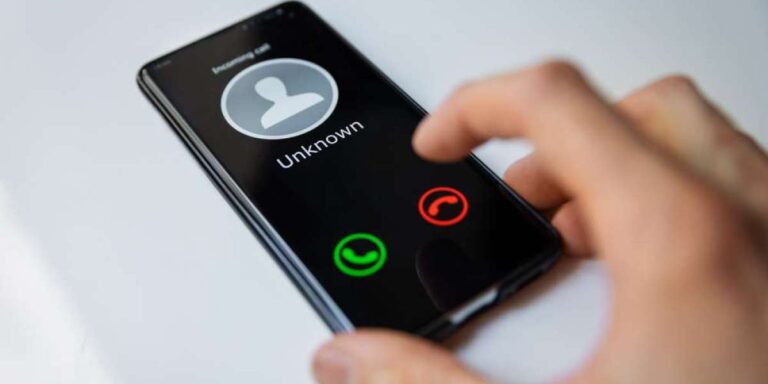In this day and age, the web and computerized innovation have become indistinguishable pieces of our lives. While they offer various advantages, they likewise accompany a clouded side, specifically, cyberbullying. Cyberbullying, the utilization of electronic gadgets to menace somebody, has turned into a difficult issue, influencing innumerable people all over the planet. One such case that acquired critical consideration and features the staggering effect of cyberbullying is the Spongegirl case. This article digs into different parts of the Spongegirl case, investigating its ramifications, legitimate and moral issues, media inclusion, and examples learned.
The Spongegirl Story
The Spongegirl story spins around a young lady named Lindsey Stone, who turned into a sad objective of cyberbullying through a site named “SuicideGirls,” where express photographs of her were posted and shared without her assent. Spongegirl became a casualty of cyberbullying as well as a reason to bring issues to light of the extreme and frequently crushing effects of computerized misuse.
The Psychological Impacts on Spongegirl
The Spongegirl case highlights the significant mental outcomes of cyberbullying. Lindsey Stone experienced disgrace, separation, gloom, and, surprisingly, self-destructive contemplations as her unequivocal photographs were shared generally on the web. She was exposed to persistent web-based provocation, which at last prompted pulverizing consequences for her psychological and close to home prosperity. Studies have shown that cyberbullying can cause discouragement, tension, loss of confidence, and, surprisingly, post-horrendous pressure issue (PTSD) in outrageous cases.
The Legal Implications of the Case
The Spongegirl case brought to the front the legitimate and moral issues related with cyberbullying. Whether or not cyberbullying is a wrongdoing has been a subject of discussion. While certain locales have instituted explicit enemy of cyberbullying regulations, numerous nations actually need extensive regulation. For this situation, the legitimate moves made against people who took part in cyberbullying sent areas of strength for an about the results of such way of behaving.
The Media’s Role in the Spongegirl Case
The Spongegirl case acquired critical media consideration, both customary and social. The media assumed an essential part in bringing issues to light of the issue of cyberbullying, teaching people in general about its unsafe impacts, and provoking conversations about ways of tending to it. Be that as it may, it additionally raised worries about the media’s drama of the situation and the potential for additional exploitation of Spongegirl.
Media Coverage and Its Impact on Public Awareness
The broad media inclusion of the Spongegirl case added to an elevated public familiarity with the pervasiveness and seriousness of cyberbullying. The case assisted with moving the story around cyberbullying and carried it to the very front of public talk. It started discussions about the significance of online wellbeing, computerized proficiency, and the requirement for lawful and moral systems to shield people from cyberbullying.
Ethical Considerations in Media Reporting of the Case
The Spongegirl case raised moral worries in regards to the media’s treatment of the person in question. Pundits contended that a few news sources were uncaring in their detailing, sustaining casualty accusing stories and possibly making further injury Spongegirl. The media’s liability in revealing instances of cyberbullying was brought into question, featuring the requirement for moral rules and mindful reporting.
The Lessons Learned from the Spongegirl Case
The Spongegirl case has given important examples to people, policymakers, and society in general. The case has prodded conversations on different parts of cyberbullying, prompting a superior comprehension of the issue, its ramifications, and likely arrangements.
Addressing Cyberbullying in Educational Settings
The Spongegirl case underlined the requirement for instructive establishments to play a proactive job in tending to cyberbullying. Schools and colleges can execute against harassing approaches, instruct understudies about the hurtful impacts of cyberbullying. By establishing protected and steady learning conditions, instructive organizations can help forestall cyberbullying and shield understudies from its overwhelming outcomes.
The Role of Technology Companies in Combating Cyberbullying
Innovation organizations have a critical obligation in the battle against cyberbullying. Virtual entertainment stages and online specialist co-ops can execute highlights to recognize and eliminate unsafe substance, give clients instruments to report cyberbullying occurrences, and work with policing to address criminal operations. By making these proactive strides, innovation organizations can assist with establishing a more secure internet based climate for all clients.
FAQs
1. What Is the Legal Definition of Cyberbullying?
- Cyberbullying comes up short on widespread lawful definition as it shifts across purviews.
- A few nations have explicit enemy of cyberbullying regulations, while others depend on existing regulations connected with badgering, slander, or following.
2. What Are the Ethical Considerations in Media Reporting of Cyberbullying Cases?
- MNews sources should endeavor to safeguard the protection and respect of casualties.
- Stay away from drama and casualty accusing.
- Focus on exact and capable answering to stay away from additional mischief to casualties.
3. How Can Schools and Universities Address Cyberbullying?
- Execute hostile to harassing arrangements that explicitly address cyberbullying.
- Teach understudies about the unsafe impacts of cyberbullying and give age-suitable assets and backing.
4. How Can Technology Companies Combat Cyberbullying?
- Create and execute easy to use detailing instruments for casualties of cyberbullying.
- Put resources into innovation to recognize and eliminate unsafe substance, like disdain discourse or realistic pictures.
- Team up with policing to address criminal operations connected with cyberbullying.
5. What Are the Lessons Learned from the Spongegirl Case?
- Cyberbullying can mentally affect casualties.
- Lawful and moral systems should be reinforced to successfully address cyberbullying.
- Instructive foundations and innovation organizations play an essential part in forestalling and fighting cyberbullying.
Conclusion
The Spongegirl case stays a sobering sign of the clouded side of computerized innovation and the overwhelming effect of cyberbullying. The case has revealed insight into the mental results of online provocation, set off conversations about moral contemplations in media detailing, and featured the requirement for a far reaching way to deal with tending to cyberbullying. Spongegirl’s story keeps on filling in as an impetus for change, encouraging all partners to work on the whole towards making a more secure, more sympathetic computerized climate for all. By bringing issues to light, executing compelling counteraction measures, and considering people and foundations responsible for their activities, we can make a virtual world free from cyberbullying and advance internet based security and prosperity for all.












+ There are no comments
Add yours